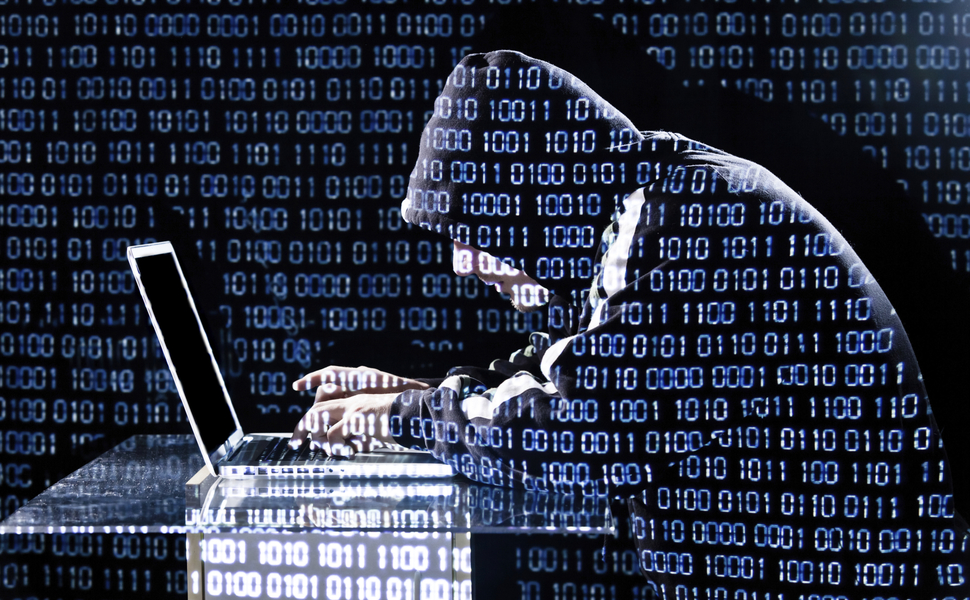The digital world makes us lonely. What? Lonely? No! With the digital ways of communication we can have instant contact with everyone we want to. But the fact that we all communicate using social media, we don’t visit each other. We rather send a Whatsapp message, than to meet at our place to drink a beer. Loneliness is one of the biggest problems in our daily society. The expansion of the digital world is a risk for real communication between each other. That is the situation.
The digital world knows everything. There is no such thing as privacy. Companies and governments know everything of our daily lives. It gives the people a feeling of being watched. Big data contributes to this feeling. A bigger risk of the digital world is that more and more of our life is shared with organizations. How do we determine this risk?
Our data is digitally collected and stored. But hackers can access everything nowadays. Cyber criminality yearly costs billions of dollars. Sensitive information got stolen and causes more societal problems than we already had. When we digitalize more and more information, the risk of cyber criminality gets even bigger.
All this examples are maybe a bit negative, but some of them define reality. The topic of this week was cost-benefit analysis of innovations. Of course the digitalization of the world also has a lot of positive sides. People can communicate faster, can help better and can work more productive. But as I already mentioned, there are also negative sides. How do we determine what to do? There are risks and benefits. In my point of view the moral values of humans always have priority. Innovations need to be responsible for humanity. After that we think about productivity and faster communication.
Responsible innovation can contribute to the problems and risks of the digital world. This is maybe an even better solution. We have to innovate us out of this problem. Think about better ways of securing our data and securing our privacy. And about the loneliness, we need to take more time for each other. That is an innovation that is valuable, in the past, now and future.
Corné Smaal / Business Administration / Erasmus University
